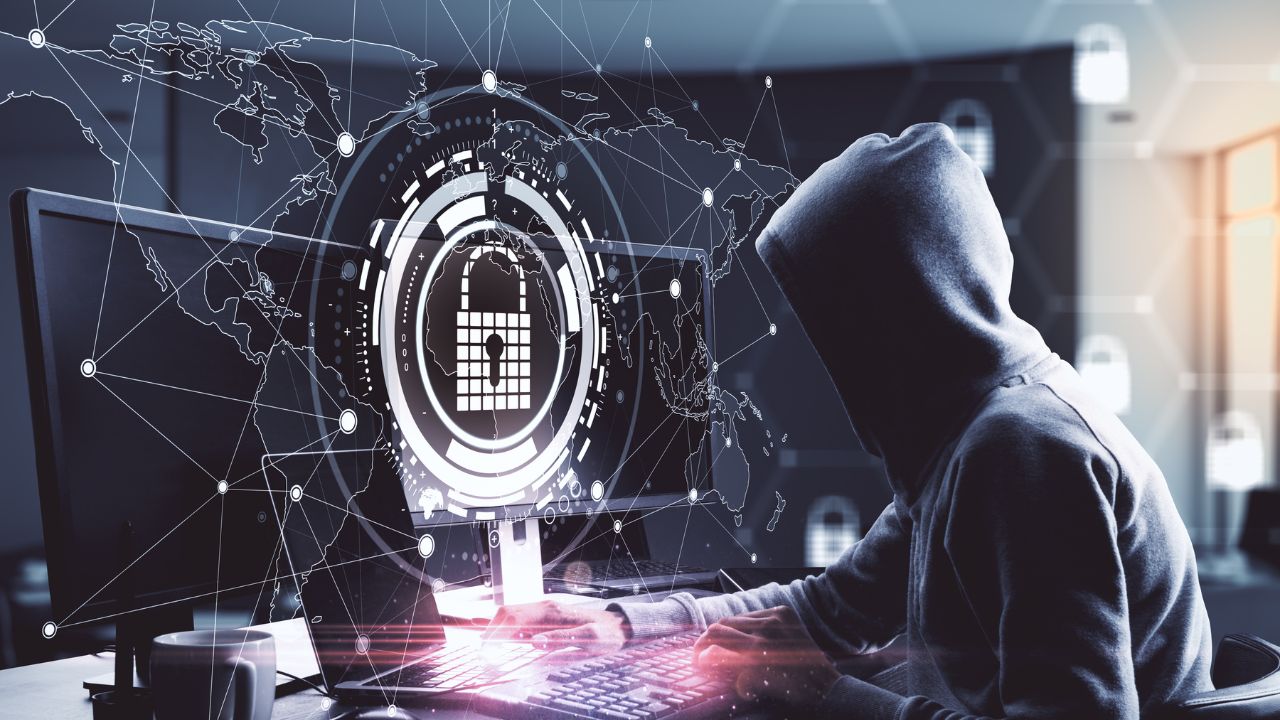Traditional Antivirus
vs
Next-Gen Antivirus
Traditional Antivirus (AV) vs Next-Gen Antivirus (NGAV) is a question and maybe confusion that many organisations had after the business landscape changed dramatically during the pandemic in 2020. The threats from hackers and cyber criminals increase triple times than before, so a solid cybersecurity defence is important for businesses of all sizes.
Antivirus has been around for decades and has become an essential part of cyber threat defences for many endpoints. However, many organisations have been infected by malware. Traditional antivirus works by scanning files on disk. However, many modern threats are now delivered via exploits, scripts, and macros. These vectors bypass traditional antivirus because they are not stored on disk. Instead, they are executed directly when an end user opens them. As a result, there are fewer places to scan and detect them.
The good news is that cybersecurity solutions have evolved considerably in recent years. The latest developments in the cybersecurity world are the inclusion of artificial intelligence (AI) and machine learning (ML). Through behavioural analysis and automated detection, AI and ML have become a game changer for cybersecurity and antivirus solutions.
Traditional antivirus alone cannot protect against these types of attacks and is no longer able to keep up with sophisticated threats that happen nowadays. Next-Gen Antivirus does have the ability to face improved and modern threats by cyber criminals. Let’s take a closer look at traditional antivirus vs next-gen antivirus.
Also Read: EDR vs Antivirus: Which One Do We Need?
What is a Traditional Antivirus?
Traditional antivirus (AV) software has been around for years and it often comes installed when you buy a laptop with Microsoft Windows installed. This antivirus software, which is sometimes free, has proven to be effective at detecting and remediating known malware infections and new threats.
Traditional antivirus protection works by referencing a massive library of established dangers, known as signatures. The antivirus then determines whether a given program or file is good or bad, based on what it knows about those threats. If the software is determined to be bad, the antivirus software will not be allowed to run the program or open a file. However, if it is unknown or not into viruses catalogued in the antivirus provider’s database, the antivirus will allow it to run, so this lies its weakness. Not only do users have to update the library of signatures to keep their systems protected – they are also defenceless against emerging threats, those not yet included in the massive list of signatures.
The most common forms of malware detected by traditional antivirus tools include:
- AdWare
- Bots and botnets
- Keyloggers
- Ransomware
- Trojans
- Worms
- Viruses
Traditional AV approach was the best available in the past, but these days, many unknown threats can jeopardise the organisation. Moreover, traditional antivirus also lags in terms of time-to-value, with the average deployment taking three months, requiring a bit of tuning, and configuration for them to be fully functional.
What is a Next-Generation Antivirus (NGAV)?
Next-generation antivirus or next-gen antivirus (NGAV) is essentially like traditional antivirus but more advanced. NGAV uses a combination of artificial intelligence (AI), behavioural detection, machine learning algorithms and exploit mitigation. Since it is cloud-based, it can take action to prevent an attack from spreading through your network — usually, within seconds. Also, next-gen antivirus will proactively detect and prevent fileless attacks, including malware and non-malware attacks. Furthermore, NGAV can eliminate the burden of maintaining software, managing infrastructure, and updating signature databases.
By combining AI and threat intelligence, next-gen security tools provide these additional benefits:
- Comprehensive endpoint data collection and analysis to determine root causes
- Eliminate the sole reliance on signatures to detect malicious activity
- Recognise suspicious activities and malicious techniques and procedures (TTPs) from unknown sources
- Identify and respond to new and emerging threats that previously went undetected
- Enables both types of threats to be exposed in near real time
- Protects against unknown and known threats, including fileless attacks
NGAV is the next step in endpoint protection, using a signature-less approach to deliver more complete and effective endpoint security than is possible with traditional antivirus. It is important because hackers and cybercriminals today know exactly where they can find potential gaps and vulnerabilities in an organisation’s network and infrastructure. They use this knowledge to try and penetrate the system. If your company still leverages traditional antivirus solutions, they can easily bypass it and go undetected.
Endpoint Next-Gen Antivirus as-a-service from ArmourZero
The current threat demands a proactive approach to IT security and traditional antivirus simply does not work for organisations. Perfect for small, medium to large companies, next-gen antivirus (NGAV) protection needs to be included in IT security plan and budget.
ArmourZero built in partnership with the best-of-breed security technology CrowdStrike, recognised as an endpoint security leader, to provide Endpoint Next-Gen Antivirus (NGAV) as-a-service: save cost, save time, and get better protection. Our CrowdStrike service subscription starts at USD4.50/user/month or USD45/user/year (pay 10 month for a 12 month subscription!).
Endpoint NGAV as-a-service from ArmourZero will protect your devices and assets from virus, spyware, and ransomware with real time scanning, endpoint firewall, signature based protection, signatureless-based protection, and machine learning and AI detection.
Not only does it come with an affordable price and many benefits, our armour will never sleep by providing a Security Operations Centre (SOC) team. All ArmourZero protection services are inclusive with SOC services that will give 24/7 real time monitoring, prevention, detection, and recovery by dedicated SOC analysts.
Subscribe to Endpoint NGAV here.
![]()
Written by:
Fanny Fajarianti (Performance Marketing). Experienced digital marketer in the information technology and services industry.
Share this post
Related Posts

Earth Day: The Connection of Cybersecurity and Sustainability
- 22 Apr 2024
- By:Fanny Fajarianti
- Category: ArmourHacks
Uncover the link between Earth Day and Cybersecurity, promoting sustainability through data protection and environmental stewardship. Let’s secure a greener future.

What is DevSecOps? Definition & Best Practices for Tech Industries
- 18 Apr 2024
- By:Bernadetta Septarini
- Category: ArmourHacks
Learn about DevSecOps, principles, and best practices for the tech industry. Integrate security seamlessly into software development and enhance quality.

Safeguarding Your Organisation During the Hari Raya Holiday
- 09 Apr 2024
- By:Bernadetta Septarini
- Category: ArmourHacks
Protect your organisation from holiday cyberattacks during Hari Raya. Learn more about the risks and best practices for holiday security with ArmourZero.

Cyberattacks: A Growing Threat to Higher Education
- 02 Apr 2024
- By:Fanny Fajarianti
- Category: ArmourHacks
Universities hold sensitive data but face cyberattack risks in the digital age. Explore the impact of cyberattack and learn how to protect your institution.


